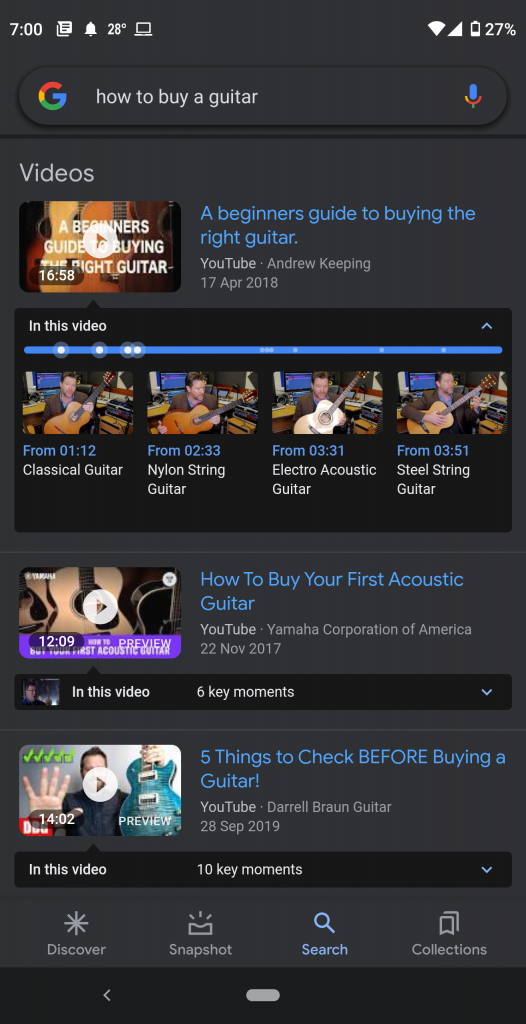Since Shopify will limit the theme access by app developers, we have upgraded the app. Here are the updates:
- The code snippet (SPO-social-meta-tags.liquid) is removed. This file was used to rewrite your theme meta tags. It will not be uploaded to your theme.
- No file is uploaded to your theme. Theme access is removed
- The social share images will be updated to your Shopify admin => Content => Files
- A new theme app extension has been added. You can activate it with a 1-click deep link.
Action Required:
Existing users who installed the code snippet:
- You can activate the extension in Setting => Activate App Embed Block

- Remove the line {% render ‘SPO-social-meta-tags’ %} in the theme.liquid file
Please note that your existing code snippet is still in function. There is no negative impact if you don’t take action now. But this code snippet will no longer be updated by the app
New users:
- Following the installation guide here. You’ll hide the existing meta tags and activate the theme app extension in your theme editor
Theme Migrations:
If you’re going to change your theme, you’ll have to install again following the installation guide.
Feel free to contact us if you have any questions. We’ll be happy to assist you!











